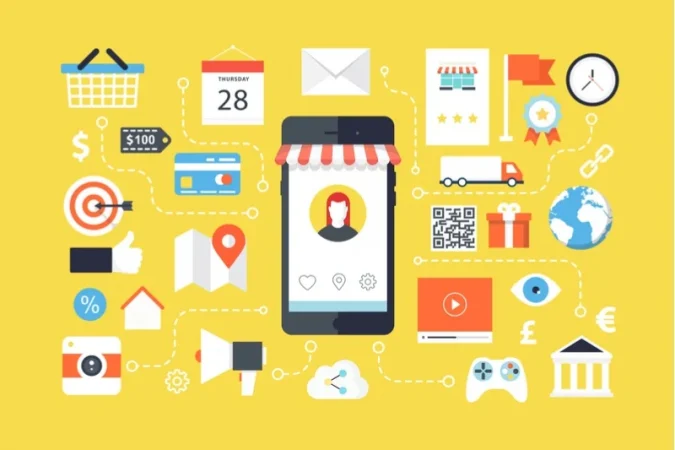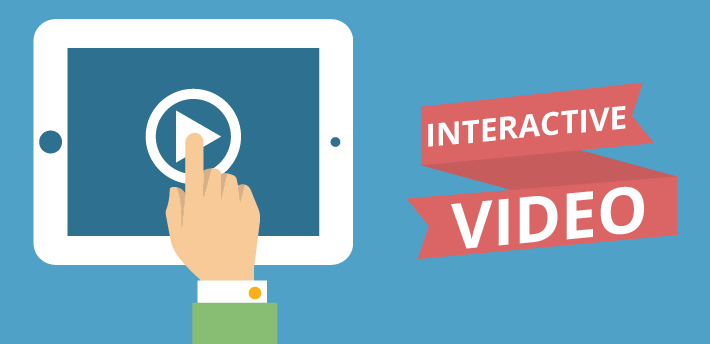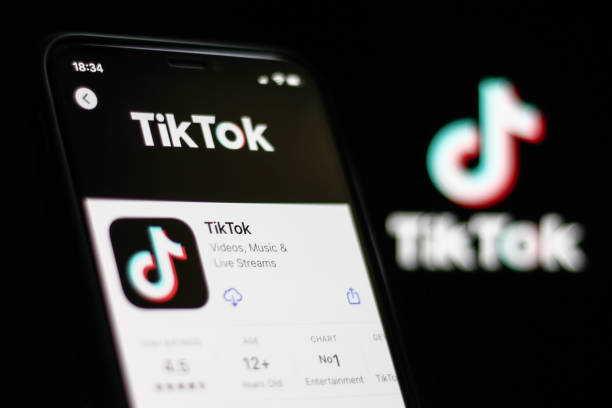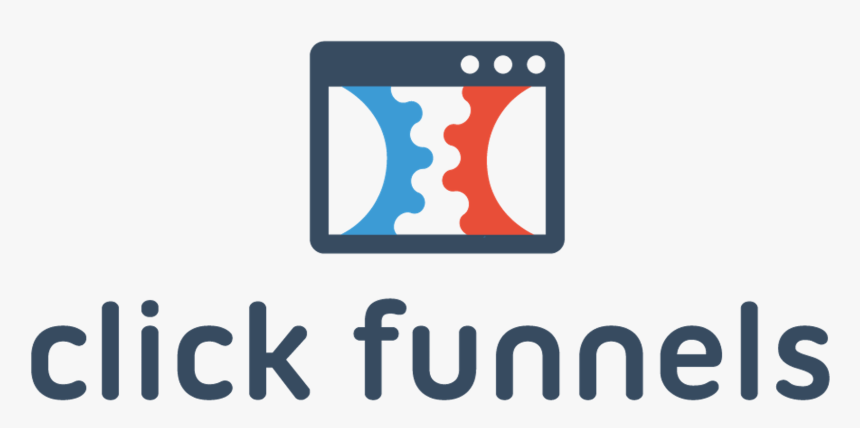When you enter the business world, you will hear the phrase “funnel” more often than at any other time in your life. This is because funnels are vital since they give the framework for taking a user from the stage of a prospect to the stage of a conversion or a client.
However, there is a little more to it than just dropping a lead at the top and waiting for others to drop out of the bottom while giving you money. Brands must create Touchpoints, micro-conversions, and subdivisions within the funnel to make the process more efficient and seamless.
Two fundamental funnels rule supreme in every organization: the sales funnel and the marketing funnel. Each one strives to accomplish a unique objective, it has different touchpoints, micro-conversions, and divisions.
I know what you’re thinking, but try not to get too worked up about it. This blog post aims to help you unravel the tangled mess of confusion that may be developing within your thoughts.
Is there a difference between a marketing funnel and a sales funnel? Let’s get to it.
What is a Sales Funnel?
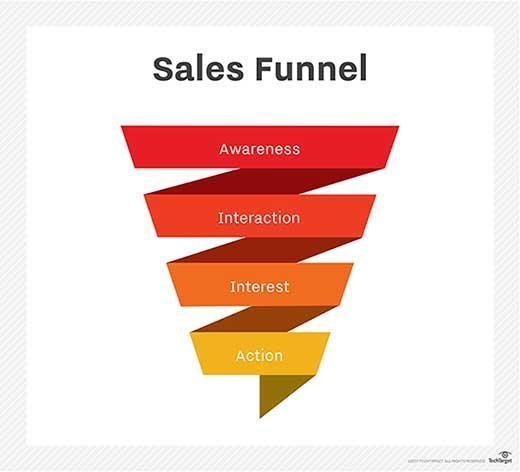
A Sales Funnel is a consumer’s process to purchase any item. The model uses a funnel analogy since many prospective buyers could start at the very top of the sales process. Despite this, a tiny percentage of these individuals complete a purchase. Depending on a firm’s sales model, a sales funnel might have numerous points of entry, often referred to as the funnel’s top, middle, and bottom.
Prospects demonstrate more profound dedication to the ultimate aim of the purchase as they go through each step of the sales funnel. This approach is used by most organizations, whether online or traditional, to drive their B2C marketing activities at each step of the sales funnel.
The four phases of the sales funnel are as follows:
Awareness
Awareness is the initial stage since it is the point at which individuals are made aware of your product, service, or solution for the first time. They could also become aware of the difficulties they must tackle and the potential solutions to those challenges.
Awareness is the point at which people become aware of your company for the first time, whether it be from an advertisement, a search on Google, a post that is shared on social media, word of mouth, or any other kind of traffic source.
It’s possible they accidentally stumble on one of your advertisements, read one of your blogs, discovered your website by searching on Google, or overheard a coworker discussing your product or service.
Interest
When prospective customers become familiar with your brand, they will evaluate it based on the amount of interest they have in the solutions you provide.
At this point in the sales cycle, the prospect is proactively searching for answers to the challenges they face and avenues toward realizing their ambitions.
They use Google to look for answers to their problems. They will consider the issue they are attempting to resolve and look into the offerings of competing businesses to ensure that your solution is the most effective one.
Desire
The prospective customer will look into the matter further now that they are aware of your firm and its solutions for the problems they are experiencing. The potential customer will find information such as pricing and various options for packaging. At this point in the process, sales pages, webinars, and calls can greatly assist prospects toward a final decision.
Action
Action is the essential step in the funnel because it determines whether or not the prospect will make a purchase. Even if the customers don’t purchase anything from you right now, it doesn’t imply the offer is off the table permanently. You may ensure that you are at the forefront of their minds for any future need by launching nurturing efforts.
What is a Marketing Funnel?
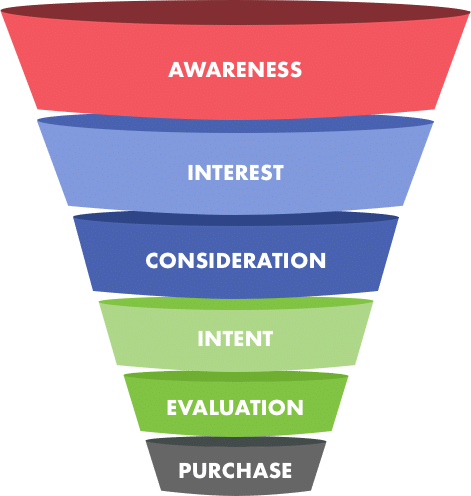
A marketing funnel is a prototype that illustrates the path a prospective client takes from first being familiar with your brand to purchasing a product or service from your company. According to this concept, the client’s engagement with a brand goes through a few phases.
Businesses use marketing funnels better to understand their consumers’ demands at each step, improve their marketing efforts, and increase the number of sales they make.
The phases of a marketing funnel are in the following paragraphs.
Awareness
The stage of marketing that corresponds to the highest level of the funnel is called awareness. Marketing campaigns, consumer research, discovery, and other activities that target consumers bring prospective customers to this stage.
The building of trust and thought leadership is attained through a variety of methods, including trade fairs, advertising, events, webinars, direct mail, viral marketing campaigns, content (including blog posts, infographics, and so on), social media, search, and media mentions, among other strategies.
In this stage, information is collected, and leads are brought into a lead management system to be nurtured in later stages of the sales funnel. This stage is considered to be the beginning of the lead generation process.
Interest
After leads have originated, they go to the interest stage, where they learn more about the business, its products, and any helpful information or research the firm gives.
The interest presents a window of opportunity for companies to cultivate relationships with the individuals in their lead databases and present their respective positions throughout this time. Emails, a material more specifically focused on specific sectors and brands, courses, newsletters, and other channels, are all options for marketers who want to develop leads.
Consideration
When leads reach the contemplation stage, they have become marketing qualified leads and are regarded as potential consumers. Using automated email campaigns, marketers can provide prospects with more information about the goods and offers while also trying to nurture them with focused content, case studies, free trials, and other types of material.
Intent
Prospects must indicate that they are interested in purchasing a brand’s goods to advance to the intent stage of the sales funnel. This may occur during a survey, following a demonstration of the product, or when a product is added to the shopping basket on a website that sells goods online. This is a chance for marketers to create a compelling argument for why their service is the best option for a customer by pointing out the benefits of their offering.
Evaluation
When a consumer is at the evaluation stage of the purchasing process, they decide whether or not they will purchase the goods or services offered by a brand. In most cases, marketing and sales collaborate closely to foster the process of decision-making and persuade the customer that the product sold by their brand is the superior option.
Purchase
At this point in the marketing process, a prospect has decided to purchase and is transitioning into a customer. Purchase is the final step of the marketing funnel. When a customer makes a purchase, they will be assisted by sales personnel at this point. When customers have a good experience with a company, they are more likely to recommend that business to their friends and family, which feeds the top of the marketing funnel, and the cycle continues.
Differences between marketing funnel and sales funnel
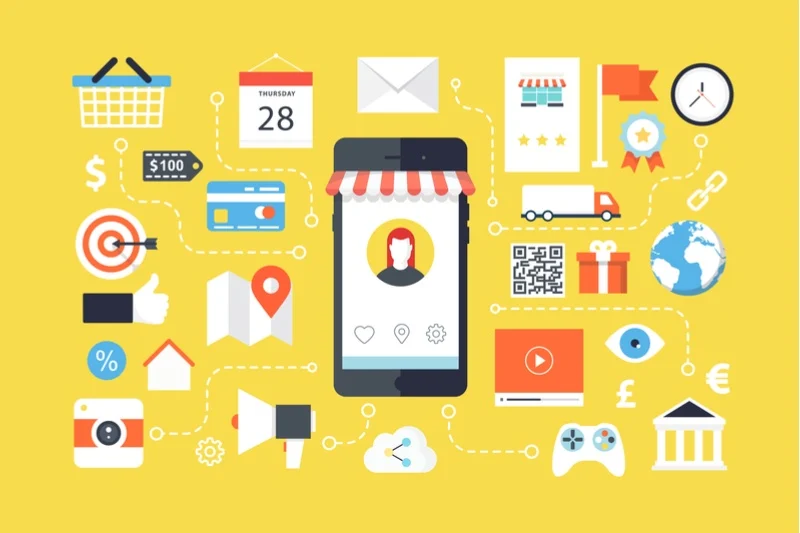
The distinction between marketing and sales funnel is not as clear-cut as some would think. These words are often used interchangeably, and distinguishing between the two may be challenging. It seems that the context in which each of these phrases is used is the solitary significant distinction between them.
Marketing and sales are two separate but equally essential responsibilities in most businesses. Each has its one-of-a-kind journey map that details the steps potential consumers take as they go through the process.
The apex of the sales funnel is marked by the point at which marketing has successfully built up interest in the product or service. Consequently, the sales funnel is driven by marketing operations that raise brand recognition to increase consumer demand for a product.
On the other hand, a growing number of companies are consolidating these tasks. As a result, it is becoming more difficult to distinguish between a marketing strategy and a sales support marketing plan. In addition, to improve the efficiency of their business processes, organizations are developing bespoke phases exclusive to each funnel.
As a direct consequence, the distinction between what is included in the sales funnel and what is included in the marketing funnel is not as straightforward as it once was.
On the other hand, the marketing funnel places a greater emphasis on building a positive image and awareness of the brand, in contrast to the sales funnel, which is primarily concerned with increasing the number of products or services sold. The marketing funnel generates customer interest, while the sales funnel keeps existing customers interested in a product or service.
Summary of Sales funnel vs. Marketing funnel
A prospective client is led through the various stages of the sales process, beginning with marketing and ending with conversion, and this process is referred to as the sales funnel. It emphasizes increasing the number of product or service sales. But on the other side, the marketing funnel is a process that refers to the conversion of a lead or a potential customer into a customer. It places a greater emphasis on the awareness and image of the brand. Despite their differences, the two components function in tandem to win over and keep a customer.
RELATED: The 4Ps of Marketing
You love this Article, right? Get more Updates via Adilo’s Twitter Page.

